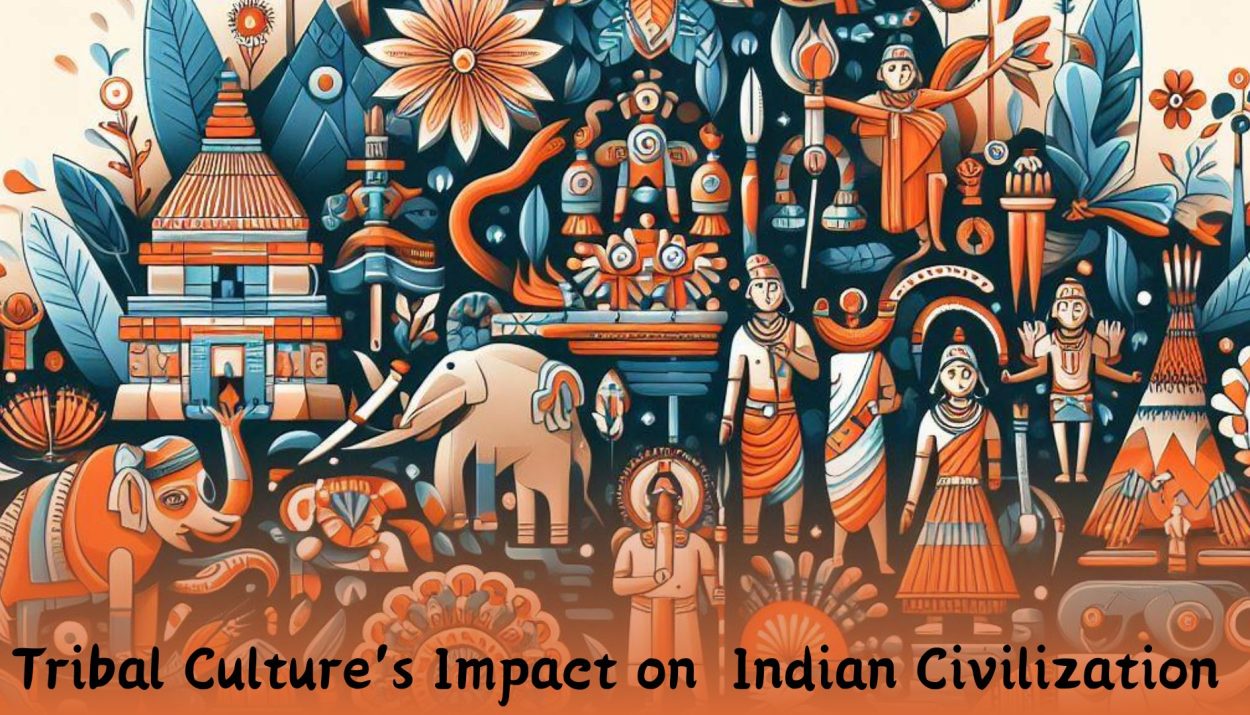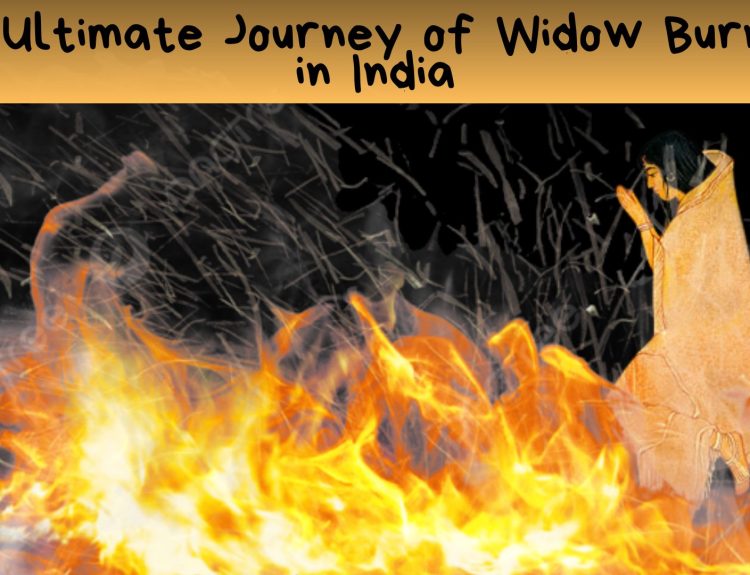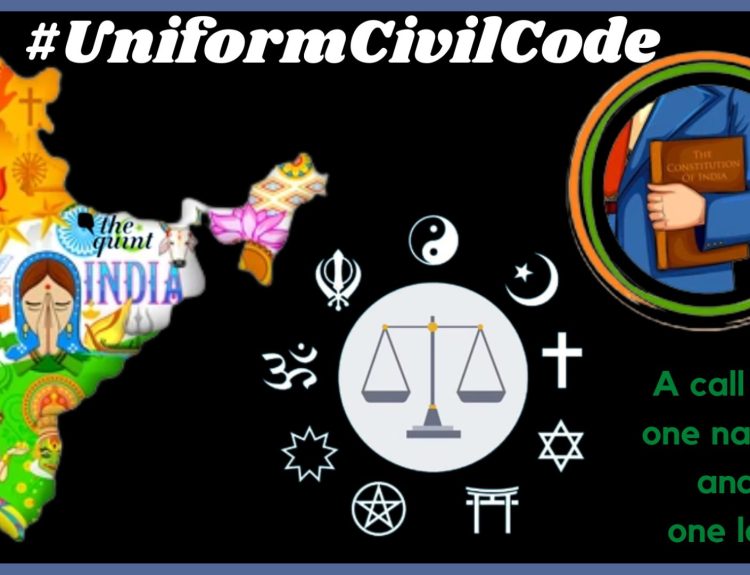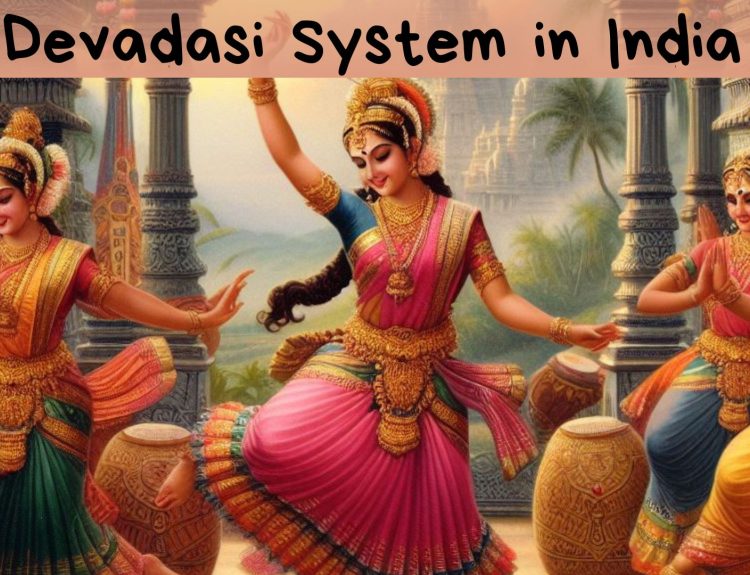India, renowned for its vibrant diversity, is a tapestry woven with threads of various cultures and traditions. Among the many contributors to this rich heritage are the indigenous tribal communities. In this exploration, we delve into the profound impact of Tribal Culture on Indian Civilization, unravelling the nuanced aspects that have played a pivotal role in shaping the cultural landscape.
“According to the 2001 census, the tribal population constitutes 8.6% of the overall population in the country.”
The remarkable aspect of ‘Unity in Diversity’ is prominently displayed within the Indian population. Tribal communities in India boast a kaleidoscope of cultures, each with its unique customs, languages, and belief systems. From the Aryan and Dravidian to the Indo-Tibetan languages, the tribal culture of India has witnessed a remarkable amalgamation of diverse cultures within its people. From the Nilgiri Hills to the Northeastern regions, the diversity among these tribes is a testament to the pluralistic nature of India.
Tribal Contributions to Culture
Sustainable Living Practices: Tribal communities have been custodians of sustainable living practices, harmonizing with nature for generations. From agroforestry methods to eco-friendly housing, their practices offer valuable lessons in maintaining ecological balance. The foundation of tribal society rested upon principles of equality, extending reverence to all life forms, including plants and trees. There existed a profound acknowledgement of the interdependence between nature and human society.
Traditional Arts and Crafts: The vibrant tapestry of Indian art is enriched by the intricate crafts of tribal communities. Whether it’s Warli painting from Maharashtra or Dhokra metal casting from Bastar, these art forms showcase exceptional skill and preserve cultural narratives.
Integration of Tribal Cultures: Musical instruments like the bansuri (flute) and dhol (drum), folk tales, dances, and seasonal celebrations from tribal cultures have seamlessly integrated into Indian traditions, along with their artistic and metallurgical expertise.
Tribal Language and Cultural Amalgamation: The emergence of regional languages in India, such as Oriya, Marathi, or Bengali, can be attributed to the amalgamation of tribal languages with Sanskrit or Pali. Virtually every Indian language has assimilated words from the lexicon of tribal languages.
Indigenous Knowledge Systems and Ayurvedic Contributions: Tribal communities possess indigenous knowledge systems deeply rooted in the understanding of local ecosystems. Medicinal herbs, agricultural practices, and ecological wisdom contribute significantly to the broader knowledge base of Indian civilization. Individuals from tribal communities, with extensive knowledge of diverse plants and their medicinal properties, played a crucial role in advancing Ayurvedic medicines. Discoveries, such as dental care products like datun (a teeth-cleaning twig), roots, condiments like turmeric used in cooking, as well as various fruit trees and vines, are attributed to tribal contributions. The origins of Ayurvedic remedies for ailments like arthritis and night blindness can be traced back to the valuable insights derived from tribal knowledge.

Rituals and Festivals: The oral traditions of tribal communities serve as living repositories of history, mythology, and cultural heritage. These stories, passed down through generations, offer insights into the societal structures and belief systems that have endured over centuries.
The deities, customs, creation myths, and diverse religious rites and ceremonies of tribal communities became assimilated into the larger fabric of “Hindu” society. Tribal traditions, including ancestor worship, reverence for fertility deities and goddesses (along with male and female fertility symbols), and totemic worship, all contributed to this amalgamation. These elements seamlessly integrated into the evolving practices of what is now recognized as Hinduism. Moreover, the prevalent Indian custom of observing ‘vratas,’ involving fasting for wish fulfilment or moral purification, also traces its origins to Adivasi traditions.
Tribal rituals and festivals are integral to their identity and hold profound significance. These celebrations, marked by traditional dances, music, and ceremonies, contribute to the cultural mosaic of India, adding depth and diversity.
Social Structures and Community Bonding: The social structures within tribal communities emphasize collective well-being and communal harmony. Examining these structures provides valuable insights into alternative models of community living and social organization.
Individuals garnered respect and status based on their contributions to social needs, but such recognition was transient and tied to specific roles. While a division of labour did occur, the societal tasks were executed collaboratively and on an equal footing, devoid of bias or disrespect towards any type of work.
For instance, a priest might receive great esteem during a religious ceremony, or a doctor might be revered during a medical consultation. However, once these roles were fulfilled, the individuals returned to an egalitarian standing. The possession of esteemed skills or knowledge did not result in a lasting elevation of status. Consequently, no single individual or small group could assume any form of dominance or inherit privileged rights.
Challenges to Tribal Heritage
While tribal cultures have significantly contributed to Indian civilization, they face challenges in the modern era. Urbanization, displacement, and cultural appropriation pose threats, making initiatives for cultural preservation and empowerment crucial for safeguarding this heritage.
Tribal societies encounter challenges due to various factors. The expansion of trade, military intrusions into tribal territories, and the integration of non-tribals into tribal regions all had significant effects. Additionally, ideological coercion or persuasion aimed at assimilating key tribal members into “mainstream” Hindu society played a role. Consequently, many tribal communities assimilated into Hindu society as jatis (or castes), while those who resisted were often relegated to hilly, forested, or remote unsettled areas. In more severe cases, defeated tribals found themselves marginalized, facing discrimination as outcastes and “untouchables” within settled society.
Tribal culture faces an even more pressing challenge: the strong influence and pressure to adopt the cultural norms of the ruling class elite. Cultural blending is on the rise, promising a noticeable shift in the lifestyle of tribes. While changes driven by modern and scientific attitudes can be positive for their development, equal attention should be devoted to preserving their traditional systems, which hold immense value.
Conclusion
The Contributions of Tribal Culture to Indian Civilization are immeasurable, weaving an integral part of the country’s cultural fabric. As we navigate through the diverse landscapes of tribal heritage, we gain a deeper understanding of the intricate threads that have shaped India’s cultural identity. Embracing and preserving these contributions is not just a cultural responsibility but a means of fostering a more inclusive and enriched society.
Simultaneously, the nation has the opportunity to glean valuable lessons from the elegance of tribal social customs, their ethos of communal sharing, and their profound reverence for all aspects of life. Their inherent humility, love for nature, and, above all, unwavering commitment to social equality and civic harmony stand out as particularly noteworthy attributes.
References
Census 2011, Office of the Registrar General, India
Adivasi Contributions To Indian Culture
Influence of western culture on Indian society- TOI
Tribals fast losing traditions & cultural practices
TRIBAL FOLKLORE AND CULTURAL EXPRESSIONS







